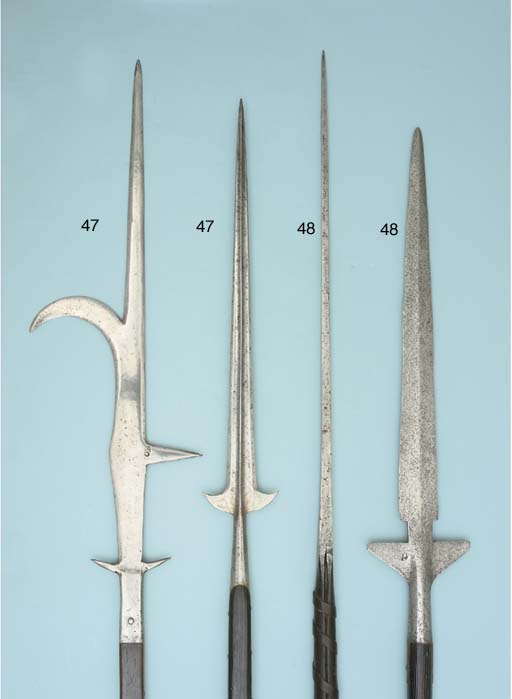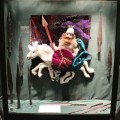Posts: 154 Location: La Crosse, WI
Sun 24 Apr, 2011 8:14 pm
Thanks for the info gentlemen!
I believe I have read some of that previous thread, but I didn't see anything about the blade being 4-5 feet long. That's quite the long blade, particularly for the period. As I understand it, iron was scarce enough in 900 AD that most of your common Norse warriors were armed with spear and axe or
seax, and didn't really wear much armor.
Maille and sword were reserved more for the wealthy. That makes me wonder if Simon's thought might not be closer to the truth: that the author of the saga was just giving the hero a ridiculously big (and expensive) weapon for the "cool factor".
Elling, I have heard that some of the later polearms had a central spike that was more important to fix it to the shaft than the socket was. Do you know if that is the case, and if the earlier winged spear ever used such a method? If so, that would allow it to survive the stress of cutting, or at least might. I will readily admit I haven't run any numbers on this sort of thing, but now I'm curious and might just have to dust off my old textbooks a bit and give it a try.
Also, I'm curious, is there any consensus on the shaft length? From the quote Simon posted, I would expect it to be quite short, as I read that as being from the ground to your grip, with your hand at roughly waist height. I suppose it could be read with your hand above your head though, which makes quite a long weapon in my estimation.


